Where are the Stops? Tuesday, November 12: Gold and Silver
Editor's Note: Professional traders have a very good idea of price levels at which buy and sell stop orders are located on a daily basis. And now you will, too! If pre-placed buy or sell stop order are triggered, bigger price moves can immediately follow. Most stop orders are located and placed based upon key technical support or resistance levels on the daily chart, which if breached, would significantly change the near-term technical posture of that market. Having a good idea, beforehand, where the buy and sell stops are located can give an active trader a better idea regarding at what price level buying or selling pressure will become intensified in that market.
Below are today’s likely price locations of buy and sell stop orders for the active Comex gold and silver futures markets. The asterisks (**) denote the most critical stop order placement level of the day (or likely where the heaviest concentration of stop orders are placed on this day).
See below a detailed explanation of stop orders and why knowing, beforehand, where they are likely located can be beneficial to a trader.
December Gold Buy Stops Sell Stops $1,288.80 **$1,275.80 **$1,300.00 $1,270.00 $1,313.40 $1,260.00 $1,326.00 $1,251.00 December Silver Buy Stops Sell Stops $21.45 **$21.05 $21.75 $20.63 **$22.075 $20.495 $22.25 $20.25
Stop Orders Defined
Stop orders in trading markets can be used for three purposes: One: To minimize a loss on a long or short position (protective stop). Two: To protect a profit on an existing long or short position (protective stop). Three: To initiate a new long or short position. A buy stop order is placed above the market and a sell stop order is placed below the market. Once the stop price is touched, the order is treated like a “market order” and will be filled at the best possible price.
Most stop orders are located and placed based upon key technical support or resistance levels on the daily chart, which if breached, would significantly change the near-term technical posture of that market.
Having a good idea, beforehand, where the buy and sell stops are located can give an active trader a better idea regarding at what price level buying or selling pressure will become intensified in that market.
The major advantage of using protective stops is that, before a trade is initiated, you have a pretty good idea of where you will be getting out of the trade if it's a loser. If the trade becomes a winner and profits begin to accrue, you may want to employ "trailing stops," whereby protective stops are adjusted to help lock in a profit should the market turn against your position.


 5Likes
5Likes LinkBack URL
LinkBack URL About LinkBacks
About LinkBacks










 Reply With Quote
Reply With Quote
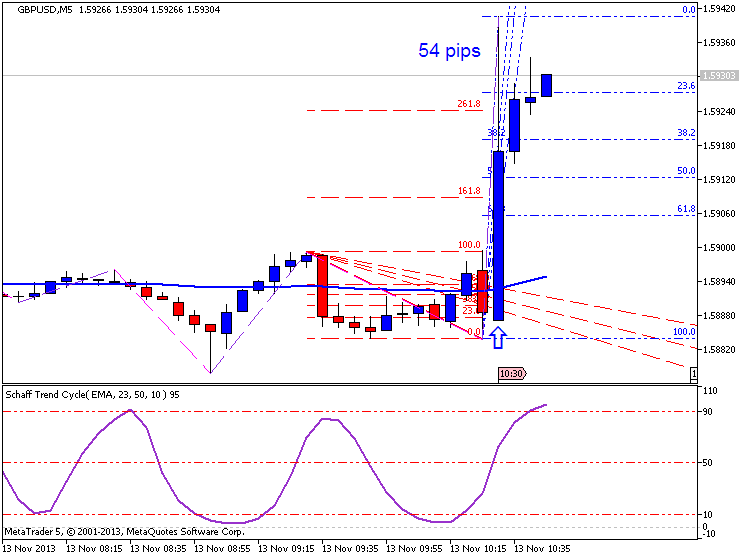
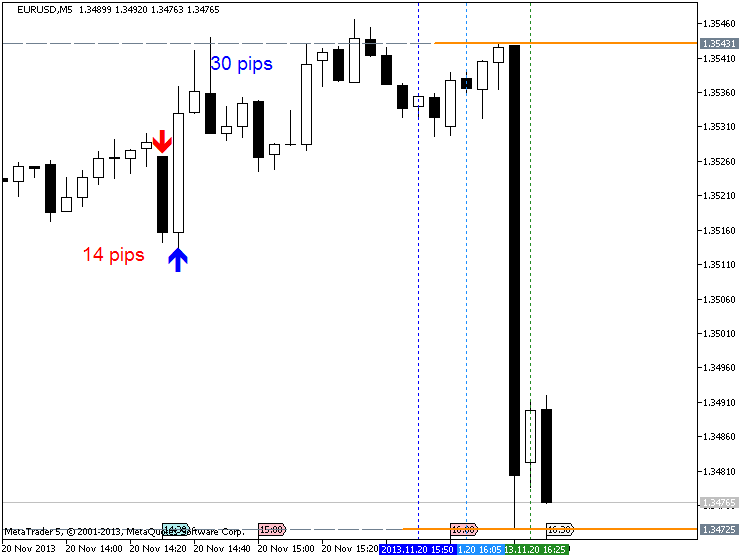
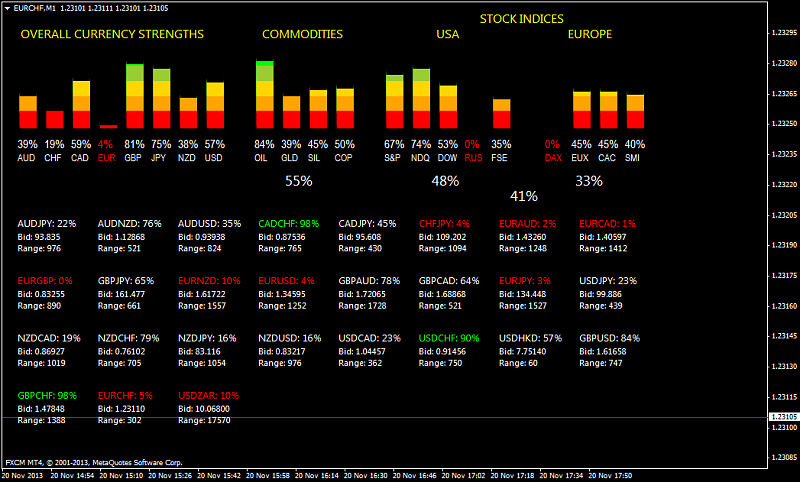
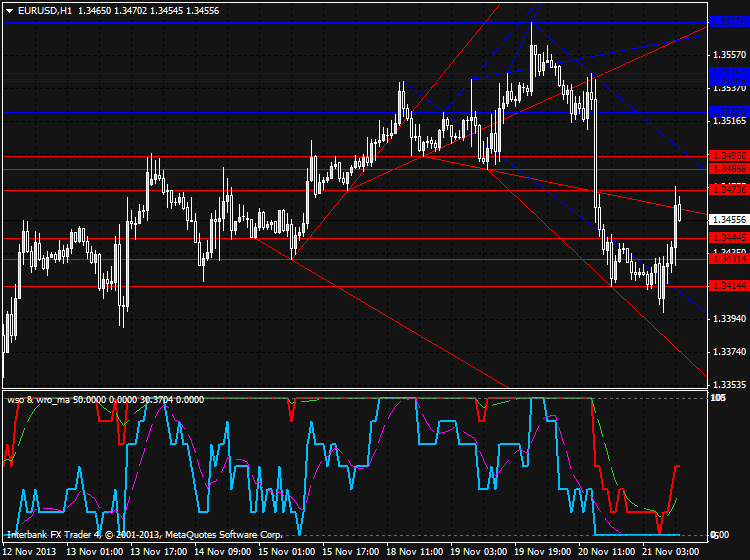
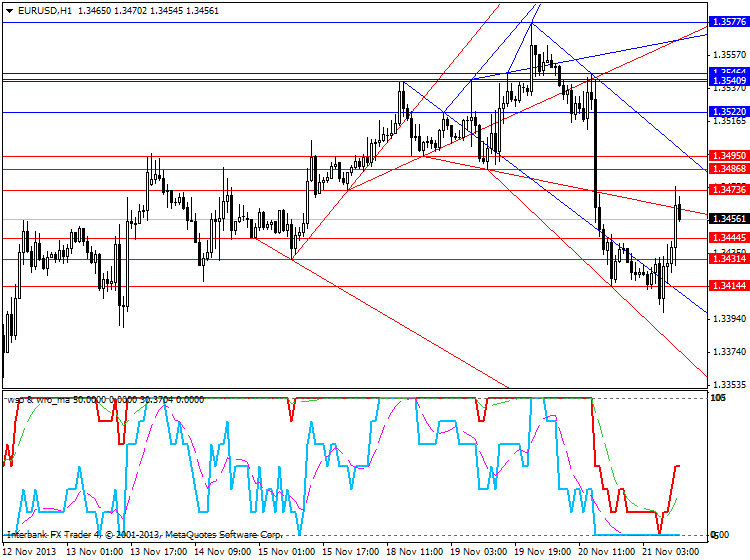

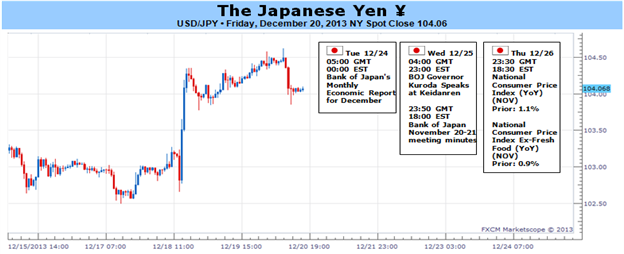


Bookmarks